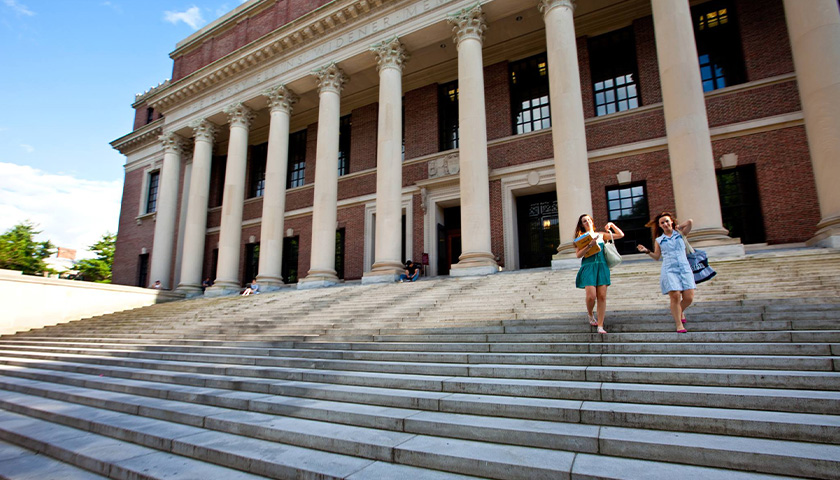by Bruce Walker
Learning losses for Michigan students during the COVID-19 pandemic could result in a combined lifetime income loss exceeding $19 billion, according to research from Harvard and Stanford universities.
The Education Recovery Scorecard was released this week by Harvard’s Center for Education Policy Research and the Educational Opportunity Project at Stanford. The scorecard measures learning loss in 40 states between 2019 and 2022, and estimates how much earnings will be subtracted from students’ lifetime earnings.
“It’s not readily visible to parents when their children have fallen behind earlier cohorts, but the data from 7,500 school districts show clearly that this is the case,” said Sean Reardon, director of the Educational Opportunity Project. “The educational impacts of the pandemic were not only historically large but were disproportionately visited on communities with many low-income and minority students.”
Across Michigan, economic estimated losses averaged $13,556 per student, for an estimated total of $19 billion in losses for all K-12 public students in the state, based on the National Bureau of Economic Research’s lifetime earning calculation.
“Children have resumed learning, but largely at the same pace as before the pandemic. There’s no hurrying up teaching fractions or the Pythagorean theorem,” said Harvard faculty director Thomas Kane.
Larger Michigan school districts with losses in math include:
- Detroit Public Schools Community District (-0.90) – equivalent to about eight months in loss.
- Kalamazoo Public Schools (-0.76) – equivalent to over six months in loss.
- Grand Rapids Public Schools (-0.68) – equivalent to nearly six months in loss.
Data analyzed by the scorecard’s authors reveal several key findings. A correlation was found to exist between declines in test scores and higher levels of COVID-19 deaths, depression and anxiety. Communities with higher test scores also had higher voting rates and U.S. Census responses.
“Schools were not the sole cause of achievement losses,” Kane said. “Nor will they be the sole solution. As enticing as it might be to get back to normal, doing so will just leave the devastating increase in inequality caused by the pandemic in place. We must create learning opportunities for students outside of the normal school calendar, by adding academic content to summer camps and after-school programs and adding an optional 13th year of schooling.”
Approximately a half year of learning in math and a quarter of a year in reading was lost by the average U.S. public school student in grades 3-8 during the pandemic, the report says. Typical students may be able to recover 20% to 30% of lost learning in the first year after returning to school, but the scorecard’s authors note it’s unlikely they’ll recognize any gains in the following three to four years.
– – –
Bruce Walker is a regional editor at The Center Square. He previously worked as editor at the Mackinac Center for Public Policy’s MichiganScience magazine and The Heartland Institute’s InfoTech & Telecom News.
Photo “Harvard University” by Harvard University.








